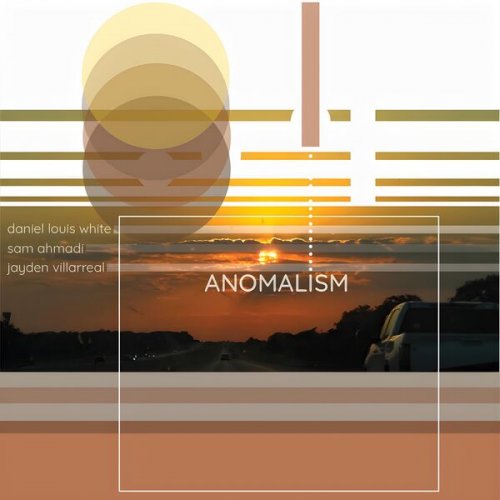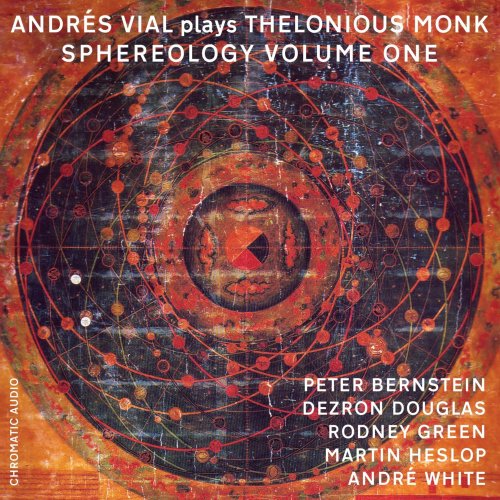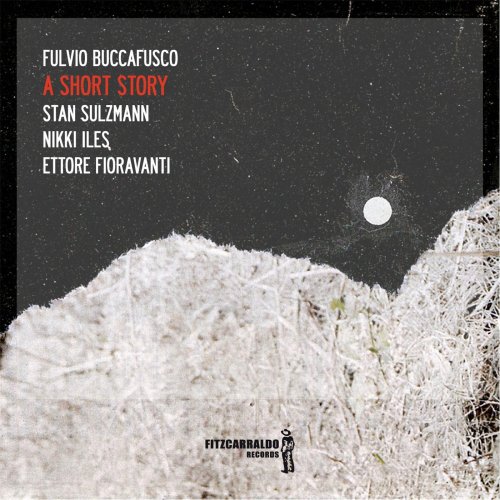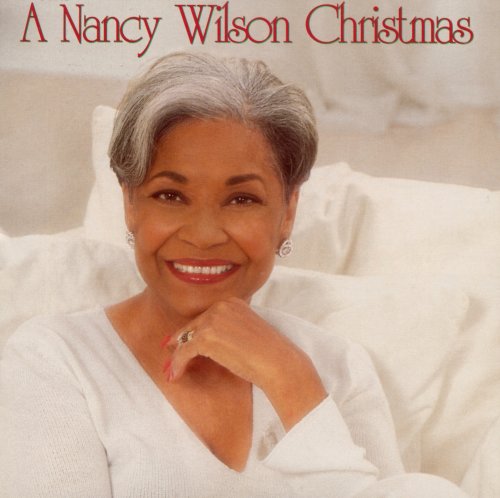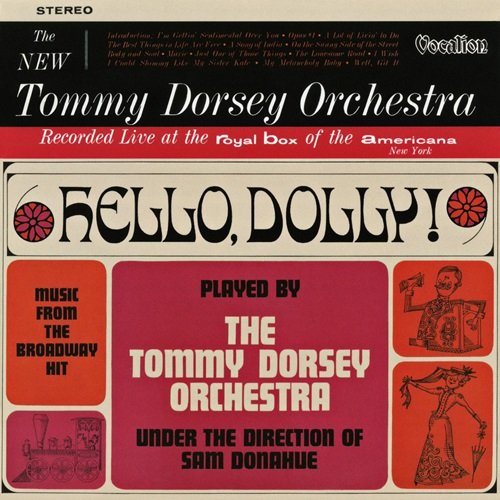Marianne Muller, Francoise Lengelle - J.S. Bach: Sonatas for viola da gamba BWV 1027-1029 (2014)
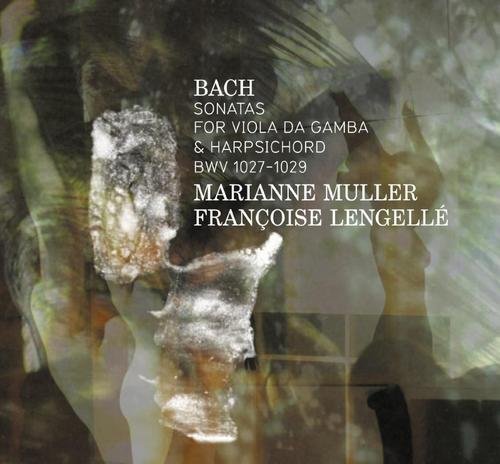
Artist: Marianne Muller, Francoise Lengelle
Title: J.S. Bach: Sonatas for viola da gamba BWV 1027-1029
Year Of Release: 2014
Label: Zig-Zag Territoires
Genre: Classical
Quality: FLAC (image+.cue,log,scans)
Total Time: 01:03:31
Total Size: 423 Mb
WebSite: Album Preview
Tracklist: Title: J.S. Bach: Sonatas for viola da gamba BWV 1027-1029
Year Of Release: 2014
Label: Zig-Zag Territoires
Genre: Classical
Quality: FLAC (image+.cue,log,scans)
Total Time: 01:03:31
Total Size: 423 Mb
WebSite: Album Preview
Sonata for viola da gamba & keyboard No. 3 in G minor, BWV 1029:
01. Vivace [0:05:53.48]
02. Adagio [0:05:37.73]
03. Allegro [0:03:58.09]
Sonata for viola da gamba & keyboard No. 1 in G major, BWV 1027:
04. Adagio [0:03:42.42]
05. Allegro ma non tanto [0:03:51.23]
06. Andante [0:02:44.39]
07. Allegro moderato [0:03:22.51]
Sonata for viola da gamba & keyboard No. 2 in D major, BWV 1028:
08. Adagio [0:01:56.61]
09. Allegro [0:04:01.34]
10. Andante [0:04:48.42]
11. Allegro [0:04:32.42]
Françoise Lengellé/Marianne Muller / Sonata for violin & keyboard No. 6 in G major, BWV 1019:
12. Allegro [0:04:14.33]
13. Largo [0:02:01.29]
14. Allegro [0:05:10.64]
15. Adagio [0:03:25.33]
16. Allegro [0:04:17.47]
Performers:
Marianne Muller (viola da gamba)
Françoise Lengellé (harpsichord)
It is perhaps a truism that virtually all so-called great composers had a special preference for the viola as da braccio (on the arm, i.e. the modern instrument) or da gamba , a versatile instrument of the viol family that was a particular focus of Baroque composers. Indeed, the Sixth Brandenburg features pairs of both instruments, da braccio and da gamba, and what would the passions be without the solo work Bach includes for each? This may have been due to the fact that one of his employers, Duke Leopold of Saxony-Anhalt-Cöthen, liked to play it, but more likely Bach liked the instrument’s versatility and distinctive timbre.
The disc here presents all the sonatas for the instrument which, given its stature in the larger pieces, encompasses a meager four works, two of which are even transcriptions of other compositions; BWV 1027 originally started life as a sonata for a pair of flutes, and BWV 1019 is a version drawn from a violin sonata. The former at least exists in Bach’s own transcription, though the latter comes from one of his pupils, Johann Altnickol. No matter, for these are fine examples of the gambist’s art, combining Bach’s ability to merge complex counterpoint with his penchant for intricate Baroque dances. One hears, for example, the spinning out of the three-note motive in the G-Minor Sonata (BWV 1029) that seems like a paraphrase of the Third Brandenburg . The second movement opens with a rather stunning mezza di voce soaring above the continuo before plumbing the depths of sonorous expression as it weaves through register after register in contrapuntal imitation. This three-movement format is decidedly more modern than the remainder, all of which conform to the Corellian four-movement pattern. In the G-Major Sonata, the opening Adagio , flowing smoothly in stately tread, immediately rushes headlong into a vibrant Allegro in which both the keyboard and gamba swirl about each other. The third movement is a lament, with a rhythmic punctuation as steady as clockwork, setting the stage for the complex counterpoint of the finale. The D-Major is closer to the stylized dances of the suite, with an opening Sarabande followed by a highly virtuoso Courante. This in turn continues into a mysterious, dark Siciliano, itself the antithesis of the rushing scalar passages of its finale. One the violin sonata transcription (in G) is more mundane to my ears, though the hammer stroke in the gamba is a resonant and definitive marker.
Though these works are no stranger to the world of recording, gambist Marianne Muller performs them with grace, ease, and fiery purpose. Fançoise Lengellé’s deft harpsichord playing matches her skill in every way, becoming an equal partner. I seem to hear a cello partnering in the background, though of course no mention is made of this usual partner in the notes. If there is one recording that one should have of the all-too-tiny Bach repertory for this instrument as a solo with continuo, this is it. A delightful and exhilarating musical experience. -- Bertil van Boer
The disc here presents all the sonatas for the instrument which, given its stature in the larger pieces, encompasses a meager four works, two of which are even transcriptions of other compositions; BWV 1027 originally started life as a sonata for a pair of flutes, and BWV 1019 is a version drawn from a violin sonata. The former at least exists in Bach’s own transcription, though the latter comes from one of his pupils, Johann Altnickol. No matter, for these are fine examples of the gambist’s art, combining Bach’s ability to merge complex counterpoint with his penchant for intricate Baroque dances. One hears, for example, the spinning out of the three-note motive in the G-Minor Sonata (BWV 1029) that seems like a paraphrase of the Third Brandenburg . The second movement opens with a rather stunning mezza di voce soaring above the continuo before plumbing the depths of sonorous expression as it weaves through register after register in contrapuntal imitation. This three-movement format is decidedly more modern than the remainder, all of which conform to the Corellian four-movement pattern. In the G-Major Sonata, the opening Adagio , flowing smoothly in stately tread, immediately rushes headlong into a vibrant Allegro in which both the keyboard and gamba swirl about each other. The third movement is a lament, with a rhythmic punctuation as steady as clockwork, setting the stage for the complex counterpoint of the finale. The D-Major is closer to the stylized dances of the suite, with an opening Sarabande followed by a highly virtuoso Courante. This in turn continues into a mysterious, dark Siciliano, itself the antithesis of the rushing scalar passages of its finale. One the violin sonata transcription (in G) is more mundane to my ears, though the hammer stroke in the gamba is a resonant and definitive marker.
Though these works are no stranger to the world of recording, gambist Marianne Muller performs them with grace, ease, and fiery purpose. Fançoise Lengellé’s deft harpsichord playing matches her skill in every way, becoming an equal partner. I seem to hear a cello partnering in the background, though of course no mention is made of this usual partner in the notes. If there is one recording that one should have of the all-too-tiny Bach repertory for this instrument as a solo with continuo, this is it. A delightful and exhilarating musical experience. -- Bertil van Boer
DOWNLOAD FROM ISRA.CLOUD
Bach Sonatas for viola da gamba harpsichord Muller Lengelle 14 2410.rar - 423.4 MB
Bach Sonatas for viola da gamba harpsichord Muller Lengelle 14 2410.rar - 423.4 MB
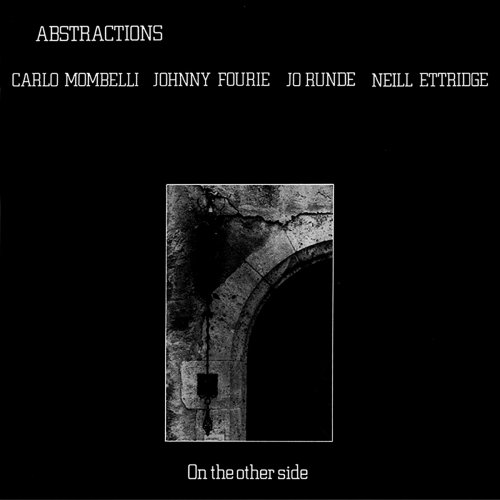

![The Ray Conniff Singers - Christmas With Conniff (1959) [Hi-Res] The Ray Conniff Singers - Christmas With Conniff (1959) [Hi-Res]](https://img.israbox.com/img/2025-12/22/w61i7ykfwmkn3wgh8p5soibu1.jpg)
